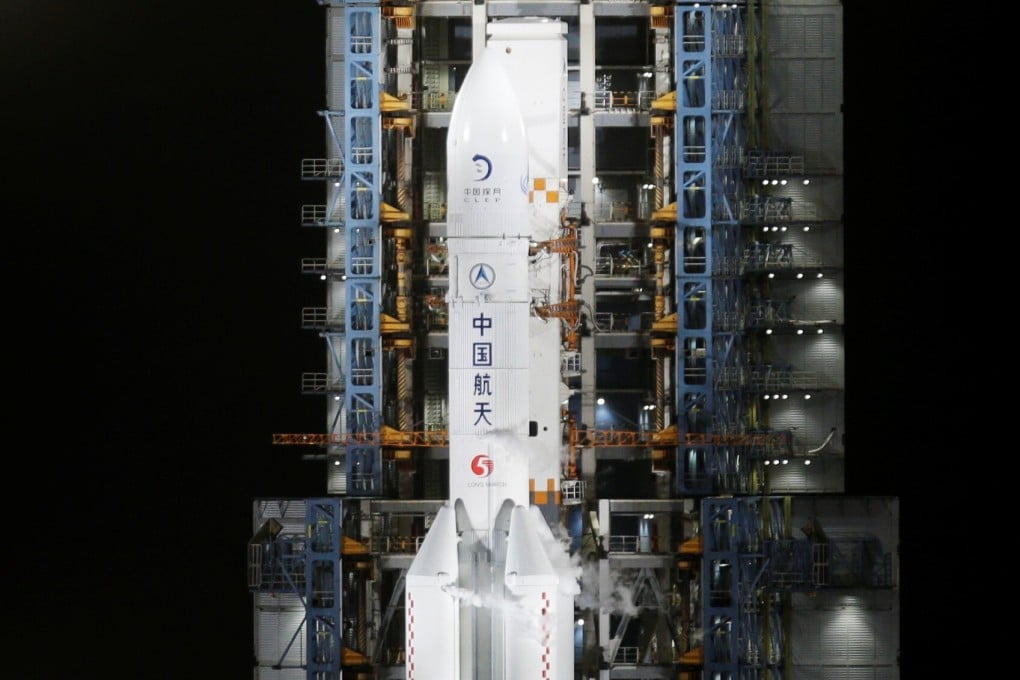Advertisement
Explainer | The bold ambitions behind China’s Chang’e 5 moon mission
- Latest lunar expedition is a milestone for the Chinese space programme and has reignited a long-dormant race for the stars
- Part of the samples from the moon’s surface will be kept in Mao Zedong’s home province, in his honour
Reading Time:3 minutes
Why you can trust SCMP

China’s latest mission to collect samples from the lunar surface is a milestone for the country’s Chang’e space programme, which aims to send astronauts to the moon by 2030.
China is also planning to set up a research base on the moon and is eyeing the prospect of deeper space exploration. Its capabilities are being closely watched by the US in what has become a new front in the rivalry between Beijing and Washington.
What is the Chang’e programme and what are its aims?
The China National Space Administration (CNSA) launched the Chang’e space programme in 2003 with four phases announced so far. Its first two missions, in 2007 and 2010, orbited the moon.
Advertisement
This was followed by a soft landing and rover exploration in the third mission, before Chang’e 4 made history in 2019 as the first spacecraft from any country to land on the far side of the moon. The lunar rover Yutu 2 was also deployed to explore the surface.
The latest mission – Chang’e 5 – marks the third phase of China’s space programme, to send a craft to the surface to collect samples and return with them to Earth.
Advertisement
Advertisement
Select Voice
Choose your listening speed
Get through articles 2x faster
1.25x
250 WPM
Slow
Average
Fast
1.25x